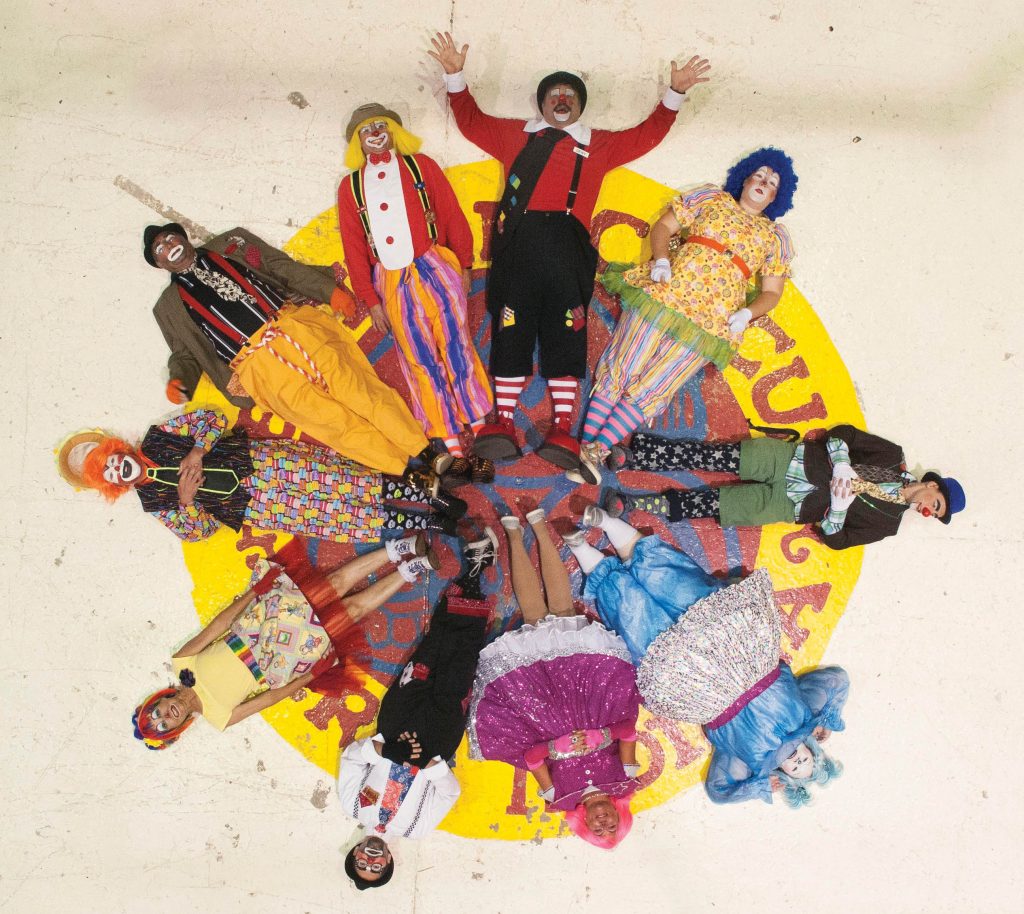
BY BRIAN D. SMITH
He’s old enough to get the senior discount at Arby’s. But 55-year-old Brian “The Human Fuse” Miser isn’t standing in line for roast beef. He’s on ABC-TV’s “America’s Got Talent,” preparing to be set ablaze and shot through the air from a giant crossbow as a panel of judges and a studio audience watch and gasp.
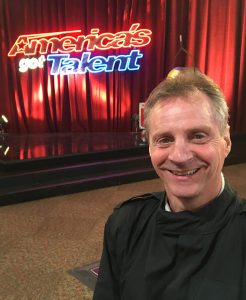
With wife Tina at the controls and daughter Skyler holding the torch, Brian dons protective clothing and takes his position on the crossbow just before a 5-second countdown begins. The Fuse is lit – then flung 110 feet onto a massive airbag, emerging safely after a few blasts from a fire extinguisher. Even hypercritical celebrity judge Simon Cowell is impressed.
The smoldering daredevil and his wife are no strangers to death-defying stunts, having once collaborated in a double human cannonball act for Ringling Bros. and Barnum & Bailey Circus. But perhaps equally remarkable is that they honed their circus craft in Peru, Indiana (current population: 11,000), where local kids have been walking high wires, swinging on trapezes and performing other traditional big top acts for paying audiences since 1960.
“Everyone else does Little League; we do circus,” explains Cyndi Williams, executive secretary of Circus City Festival Inc., which will oversee the 60th installment of Peru’s annual circus heritage celebration from July 13 to 20. The celebration will include carnival rides, food booths and a parade (billed as Indiana’s second-largest behind the 500 Festival’s) with horse-drawn circus wagons, calliopes, bands, floats, clowns and even elephants.
But the hands-down highlight is the Peru Amateur Youth Circus, featuring 10 three-ring productions at the downtown Circus City Center. Some 160 Miami County youths between 7 and 21 years old will display talents ranging in complexity from basic tumbling to the seven-person pyramid, assembled on a 22-foot high wire.
By festival’s end, the amateur circus will have played to a total audience of perhaps 11,000 while earning scholarship money for college-bound high schoolers with Peru circus experience.
Naturally, the young performers use safety nets, harnesses, pads and other protective devices. But like high school football players, they aren’t invulnerable to injury. “It happens,” says 14-year-old aerialist Hannah Yoo. “We twist ankles all the time. But we’re like, ‘Slap some tape on it and keep practicing!’”
And while mistakes are rare, Hannah takes them philosophically. “If you miss, you get up and smile, and you go on with the act,” she says. “You’ve got to recognize that we are kids, and the stuff we’re doing is hard.”
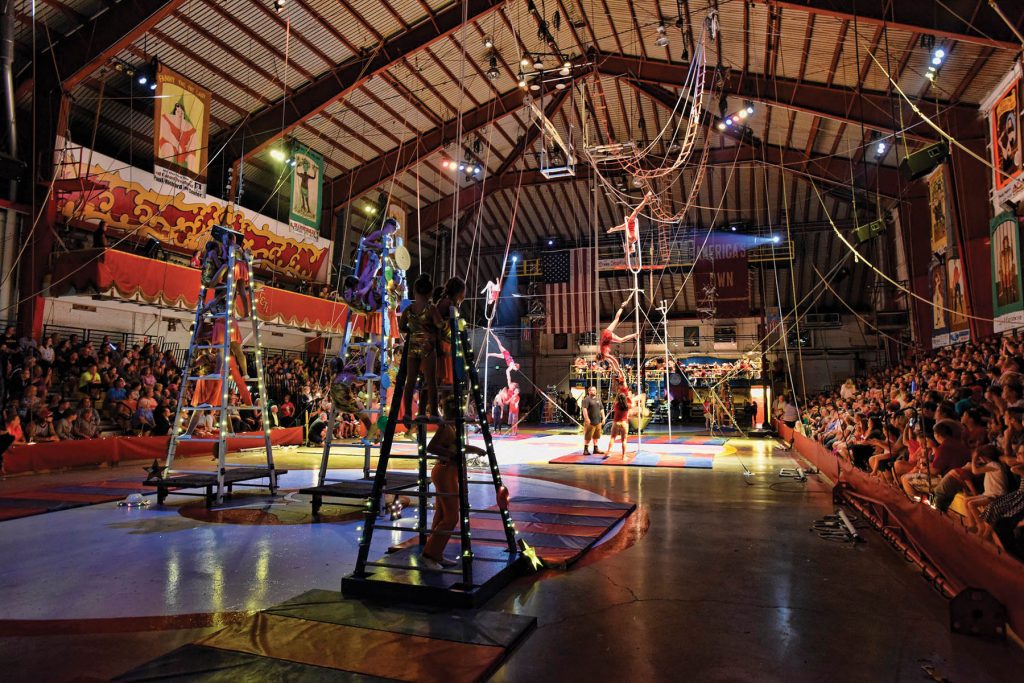
When the circus came to town
So how did a children’s circus spring up in this north central Indiana community?
Flash back to April 26, 1884, when local livery stable owner Benjamin E. Wallace – who had spent the previous two years purchasing the tents, costumes, exotic animals and other inventory of bankrupt circuses – launched one of his own, the colorfully named “Wallace and Co.’s Great World Menagerie, Grand International Mardi Gras, Highway Holiday Hidalgo and Alliance of Novelties.”
The operation, later known as the Hagenbeck-Wallace Circus, grew to become America’s second-largest circus behind only Ringling Bros. Wallace sold his show in 1913 and died in 1921, but his Peru winter quarters continued to shelter the animals and equipment of other traveling circuses, including Ringling Bros., until 1938. Three years later Ringling sold the property and disposed of the remaining circus wagons by torching them.
It was a sad final act in a town known as the Circus Capital of the World. But Peru wasn’t ready to fold its big top. Efforts to revive the community’s dormant heritage led to Peru’s first circus festival in 1959 and initial amateur youth circus the following year. (Meanwhile, Wallace’s old winter quarters, a National Historic Landmark, are now a museum known as the International Circus Hall of Fame.)
Nowadays the circus season begins with a late February “round-up” – a casting call for all would-be performers who meet age and residency requirements. Prospects can sign up for a variety of acts, but there’s no guarantee they’ll be doing them in the show. First cuts, then second cuts await those deemed not ready for prime time.
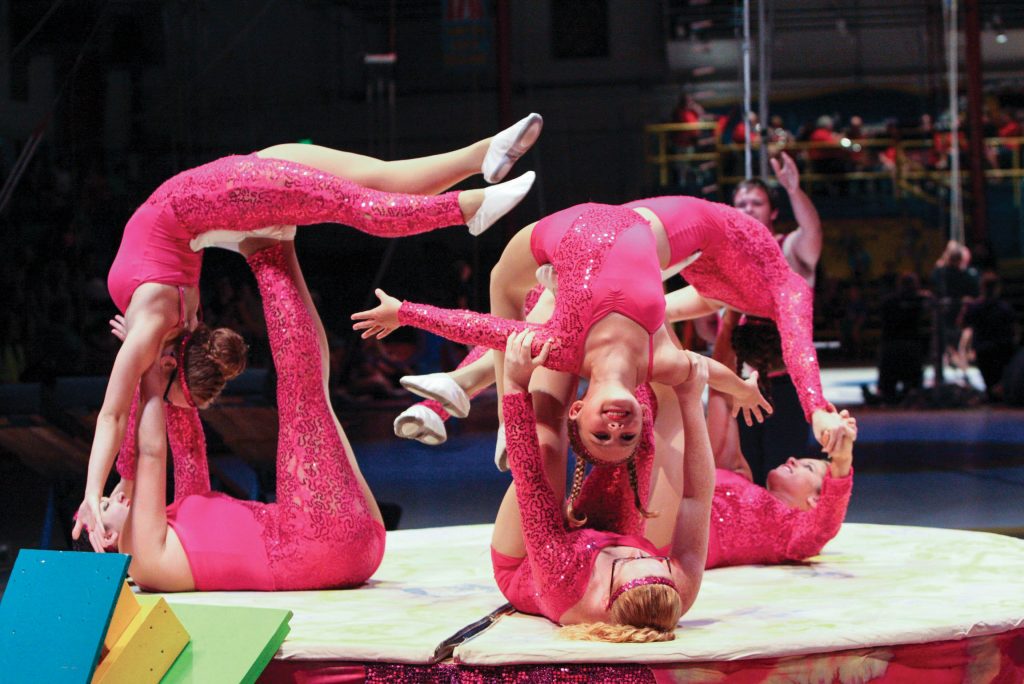
But there’s almost always a role for everyone, including a kiddie clown act for children as young as 5. “Virtually nobody gets cut out of the show unless they don’t show up,” says executive secretary Williams.
Commitment can’t be half-hearted. Practices begin in March and continue several days a week through July, with parents cautioned not to take vacations after May 1. And a handbook outlines the rules, both obvious (no alcohol or drugs on the premises) and not-so-obvious (beige undergarments when in costume; no printed designs).
Of course, a circus consists of more than just the performers. Dozens of volunteers tackle crucial jobs such as ushers, ticket takers, sound and lighting personnel, riggers (set-up crew) and band members. Not to mention the trainers who provide instruction.
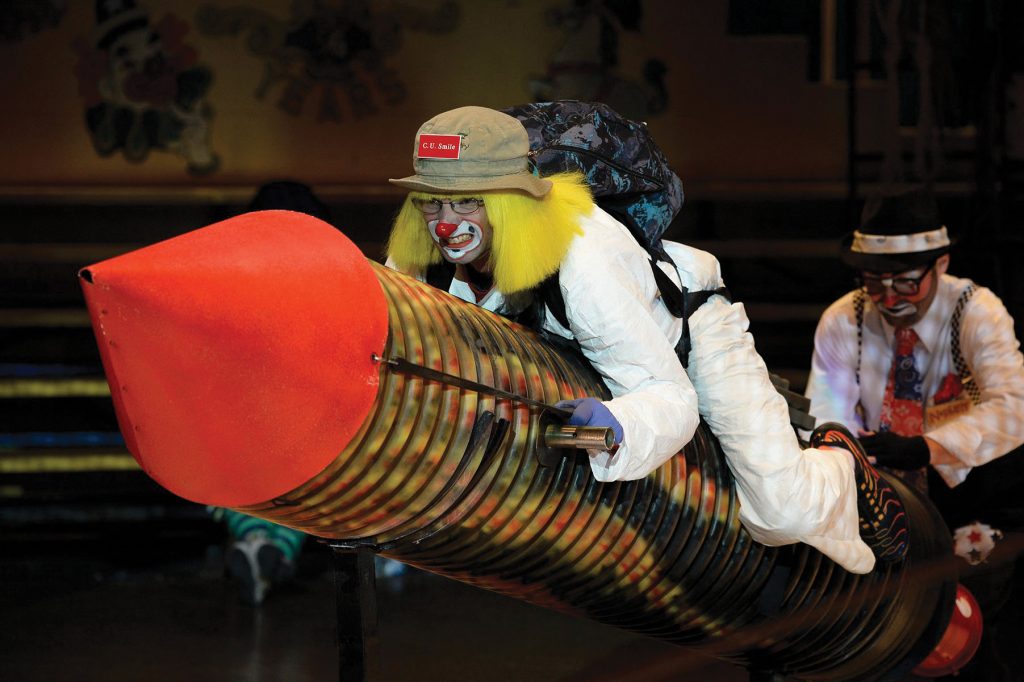
Teach the children well
“Circus around here is very much a generation-to-generation program,” says Justin Yoo, the 19-year-old brother of Hannah. “Once people are done performing, they’ll come back and train others.” Walking the talk, the young juggler is already teaching his craft to younger kids.
The tradition began with retired circus pros such as the legendary Willi Wilno – known professionally as “The Great Wilno, Human Projectile” – who was once blasted from a cannon over the top of a giant Ferris wheel at the 1936 New York World’s Fair. After retiring to Peru, Wilno provided expert tutelage to budding aerialists in the early years of the youth circus.
The progression of rookie circus students can surprise even their parents. “When they start out in March, they’re like the kid next door,” Williams says, “but by showtime they’re like little professionals.”
And some Peru kids actually become professionals, finding circus careers with the likes of Circus Circus casino in Las Vegas and Cirque du Soleil. Brian Miser, now in his 38th year as a performer, would not likely have begun his acrobatic career at a Ringling Bros. amusement park as a 17-year-old if hadn’t taken to the trapeze in Peru. He credits his hometown circus with instilling a sense of self-confidence and an appreciation for teamwork.
Similarly, wife Tina recalls that “something resonated” the first time she attended the Peru circus round-up as a 7-year-old. (Her parents might have anticipated as much, since she’d already shocked them by scaling a 6-foot fence at the age of 3.) Her dream never died: “I was forbidden to run away and join the circus; I had to go to college first,” she says. “So I went to college, and then I ran away and joined the circus.”
When her first professional performance finally came, requiring a 50-foot freefall onto an airbag, Tina savored every second of it. “I climbed up in the dark, and I was wearing all black,” she says. “And as I was sitting on my 1 foot-by-1 foot platform, I looked out over the entire audience below and said, ‘Yes!’”
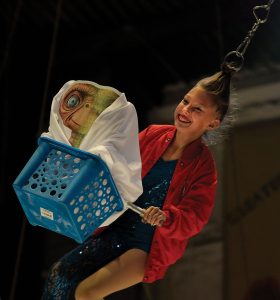
Current performers also draw motivation from their Peru circus experience. After the last 2018 show, Hannah Yoo continued to stay in shape, even enrolling in a weightlifting class. “And I’ll find myself on YouTube, looking up a new trick I can do,” she says. “Circus season never ends.”
Perhaps the most lasting legacy, cited by performers past and present, is the sense of camaraderie, and even family, they share with fellow participants in the Peru circus. “I feel very privileged to have been a part of it, to have raised my children in it, and to now have a grandson in it,” says trainer Carmen Bickel.
“For a lot of us, circus isn’t something we do,” she says. ”It’s something we are.”
BRIAN D. SMITH is a freelance journalist from Greenwood, Indiana.
Photos provided by Harmon Photography Inc.
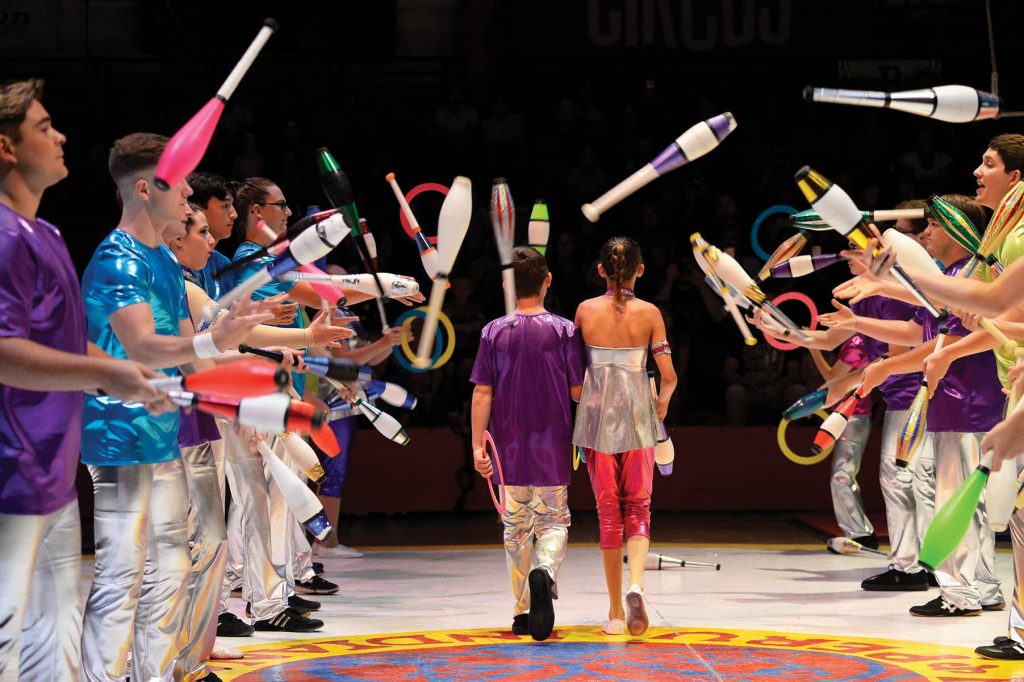
PERU CIRCUS
July 13–20
Circus City Center, 154 North Broadway, Peru, IN 46970
Order tickets online, at the box office or by calling 765-472-3918.
Website: perucircus.com



